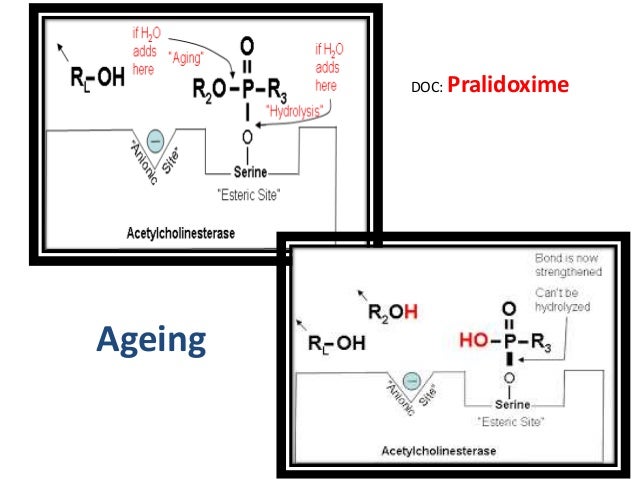


For most serious toxic exposures, specific treatment strategies are required that include decontamination methods to reduce absorption (e.g., activated charcoal), enhanced elimination therapies (e.g., hemodialysis), or specific antidotes (e.g., naloxone for opioid toxicity, or N-acetylcysteine for acetaminophen toxicity). Frequent reevaluation of the patient is essential, since the pharmacokinetics of a substance are altered in situations of overdose, and the clinical presentation can be dynamic as the substance is metabolized. Many patients can be managed with supportive care alone and careful monitoring. The risk assessment depends on patient characteristics such as age and comorbidities, as well as characteristics of the exposure, including type, route, dosage, timing, and whether the exposure was intentional or unintentional, and typically involves consultation with a toxicologist or regional poison control center (in the United States, Poison Control is available 24/7 at 1-80). Successful management of poisoned patients involves adapting the ABCDE approach to include toxicological considerations (including expedient recognition of various classic toxidromes), performing a toxicology-focused history and physical examination, and tailoring management based on an individualized risk assessment of each patient. Although fewer than 1% of poisonings are fatal, acute poisoning can be a challenging medical emergency. This article provides a general approach to patients with known or suspected acute poisoning from exposure to a wide variety of potentially toxic substances, including medications, recreational drugs, and common household products.


 0 kommentar(er)
0 kommentar(er)
